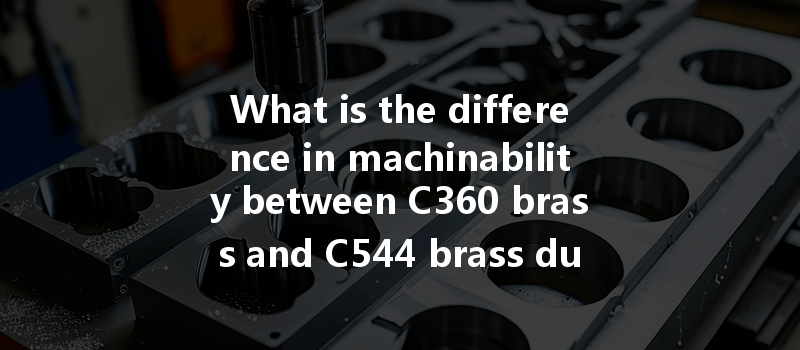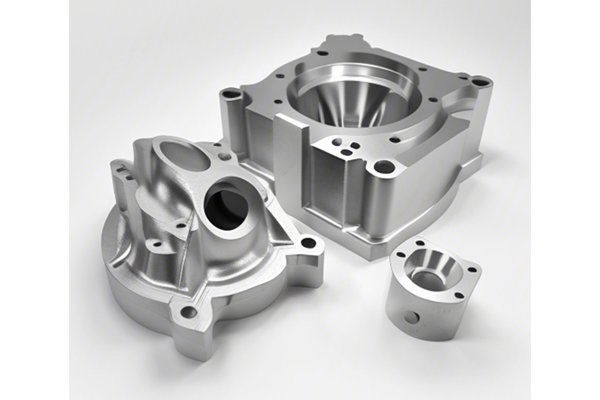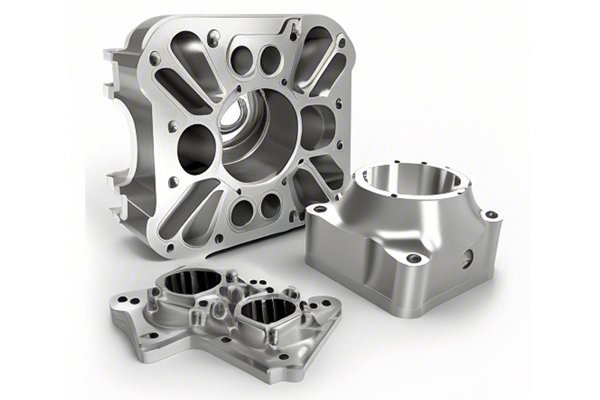Did you know that over 90% of all brass components manufactured today stem from just two principal brass grades: C360 and C544? This significant statistic highlights the widespread utilization of these brass alloys in various industries, notably in the manufacturing of precision components through CNC (Computer Numerical Control) turning. For engineers and machinists, understanding the machinability of these materials is paramount to ensuring optimal performance in their designs and applications. In this comprehensive blog, we will delve into the intricacies of C360 brass and C544 brass, compare their machining properties, and provide solutions to common challenges faced during CNC turning operations.
—
C360 brass, also known as free-machining brass, is renowned for its excellent machinability and high mechanical properties. It contains about 63% copper, 35% zinc, and 2% lead, which enhances its cutting characteristics and allows for superior surface finish. This makes it an ideal choice for manufacturing complex shapes and high-volume production runs.
On the other hand, C544 brass is less commonly used but holds its own with specific applications. Comprising higher percentages of copper (around 70%) and zinc (up to 30%), C544 brass offers excellent corrosion resistance. While its machinability isn’t as high as C360, it provides good mechanical strength, making it suitable for more specialized applications.
Machinability refers to how easily a material can be cut, shaped, or machined. It involves factors such as tool wear rate, surface finish, cutting forces, and the ability to produce accurate dimensional tolerances. High machinability is crucial for manufacturers looking to reduce production time, minimize tool wear, and ensure high-quality components.
Composition and Properties
Machinability Ratings
Machinability ratings are crucial for manufacturers to understand how to approach different materials. C360 brass has a machinability rating of 100%, serving as the standard benchmark, while C544 brass has a lower rating, typically around 60-70%. This significant difference affects their application for CNC turning jobs.

CNC turning is a process where a rotating workpiece is shaped and cut by a fixed cutting tool. The CNC machine’s computer controls the movement of the tool and the workpiece, allowing for high precision and repeatability. Understanding the mechanics of CNC turning is essential for making accurate assessments of how different materials will behave during the machining process.
While both C360 and C544 brass offer distinct advantages, they also present challenges during CNC turning:
Tool Wear and Replacement
Surface Finish Quality
Achieving an optimal surface finish is crucial for many applications. C360 brass generally provides superior surface finishes due to its free-machining properties. In contrast, C544 may need additional finishing steps to attain comparable quality.
Chip Management
Proper chip management is vital to ensure smooth operations during CNC turning. C360 brass often generates short, manageable chips, while C544 can produce long, stringy chips that may wrap around the tooling and cause operational issues.
To optimize the machinability of both brass grades during CNC turning, manufacturers can implement the following techniques:
Cutting Parameters
Modifying cutting speeds, feed rates, and depth of cut can significantly improve machining efficiency. It’s essential to conduct preliminary tests to find the optimal parameters for each brass type.
Tool Selection
Choosing the right cutting tools is crucial. For C360, high-speed steel or carbide tools work best. For C544, consider using coated tools to decrease wear and prevent chip welding.
Coolants and Lubricants
Utilizing coolants can help in reducing the temperature during cutting. This is particularly important for C544 brass due to its susceptibility to heat-related issues.
To illustrate the successful application of CNC turning with C360 and C544 brass, let’s examine a couple of case studies:
A manufacturer of automotive fittings successfully utilized C360 brass in high volume with CNC turning, achieving lower cycle times and enhanced surface finishes.
A company producing marine components opted for C544 brass for its corrosion resistance. Adjustments to tool selection and cutting parameters allowed them to reduce production costs while maintaining quality.
Machinability plays a central role in the efficiency and quality of CNC turning operations. While C360 brass stands out for its exceptional machinability and versatility, C544 brass holds its own in specialized applications requiring corrosion resistance.
By understanding the differences in machinability and implementing effective solutions to common challenges, manufacturers can harness the unique properties of each brass grade. Whether you’re looking to produce high-precision components or durable products for harsh environments, this knowledge equips you to make informed decisions.
Remember, the choice between C360 and C544 brass should reflect not only the immediate machining requirements but also the long-term performance characteristics vital for your applications. Understanding these materials is an investment in the quality, efficiency, and success of your manufacturing processes.






